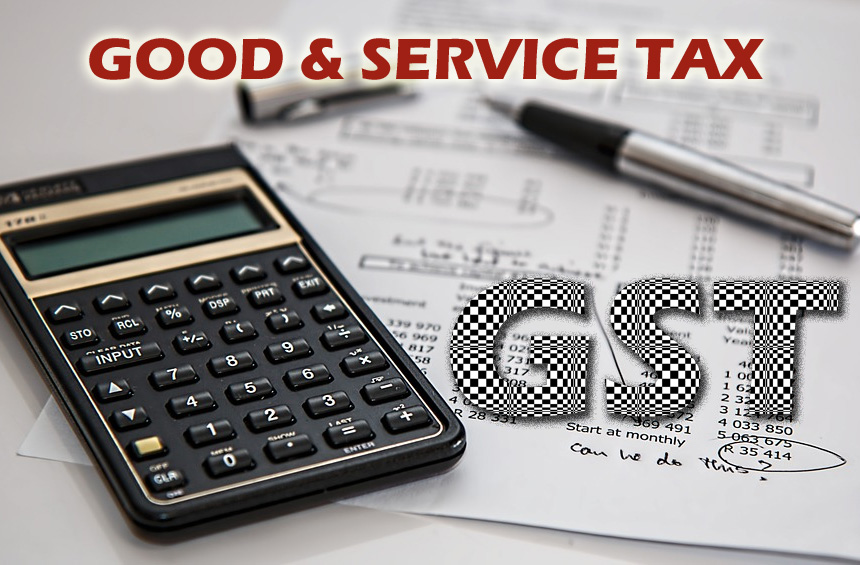Bhubaneswar: Odisha has witnessed a declining trend in the Goods and Service Tax (GST) collections since last year. According to official figures provided by the Odisha government GST collections have reported a shortfall of 31% since August 2017.
“Following the switch over to GST regime from Value Added Tax (VAT) administration from 1 July 2017, the tax collection in the state has came down”, admits a senior officer of the State Government, who is keeping a tab on the GST trends in Odisha.
With the introduction of GST, five state taxes – VAT, Central Sales Tax (CST), Enetry Tax, Luxury Tax and Entertainment Tax—had been subsumed in on tax. This reduced the scope of tax collections by the State. Earlier, the State was used to levy three taxes—VAT, CST and Entry Tax on goods. Now it is only two taxes—GST and Service Tax.
Under VAT regime, the state’s tax collections from the mining sector were 12 PC of the total collections. Now it has come down. For, the state was used to collect an effective 6 PC tax on mining sector ( 5 PC VAT and 1 PC Entry Tax), now it is only 5 PC GST and that to the state’s share is only 2.5 PC of the 5 PC tax. The collection from MCL has reduced by Rs 550 crore in 2017-18.
The state was used to levy 5 PC VAT on paddy, rice, dal, wheat, atta, maida, suji and likes. Now, uder GST regime, these items are exempted from tax. So the state is now deprived of collections from this tax.
Like Odisha, Punjab also suffered on this count. The northern state was mopping up huge revenue by levying purchase tax on wheat and paddy under VAT Administration. This collection has come to nut with the introduction of GST.
Odisha is not a consumers’ state as believed widely. Trading of Fast Moving Consumer Goods ( FMCGs) and Consumer Durable Goods is very low due to low per capital income. Mostly food grain items are being consumed in the state. Now with the exemption of tax on most of the food grain items, the scope for enhancing collection of tax has reduced.
In fact, manufacturing states have benefited under GST regime. That the manufacturing states like Maharashtra, Tamil Nadu are also consumers state due to high per capita income, its GST collections is high compared to collections under VAT administration. Both Maharastra and Tamil Nadu have suffered a revenue shortfall of only 3 PC. Under VAT regime, the mineral bearings states like Odisha, Chhattisgarh, Jharkhand and Goa have suffered severely. While Odisha and Chhattisgarh ’s revenue short fall is 31 PC, that of the Jharkhand and Goa are 26 and 23PC respectively.
However, the only consolation for the Odisha Government is the provision of compensation for revenue shortfall. It is the constitutional obligation of the Centre to compensate 100% of the revenue shortfall for five years from 1stJuly 2017. With 2015-16 as base year, the compensation would be calculated taking a projected annual growth rate of 14 PC in tax collections.
Odisha has already received Rs 2300 crore as compensation from the Centre towards the revenue short fall between July 2017 and February 2018. Unlike the CST compensation, the Centre is disbursing the compensation amount to the state on bi-monthly basis. In fact, the Centre is collecting the compensation money by levying Cess on aerated drinks, pan masala, tobacco & tobacco products, and luxury cars. The Cess rate is the difference between the effective tax on these items in pre-GST regime and 28 PC of the GST rate.
The Tax Administrators in Odisha, however, are still optimistic about the GST collections. With April collections showing an upward trend with netting of over Rs 1000 crore, they are confident of a change in the situation.

